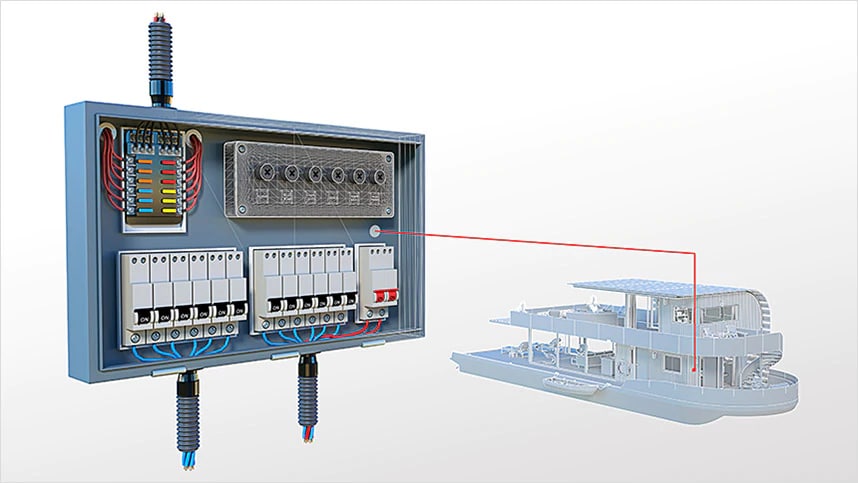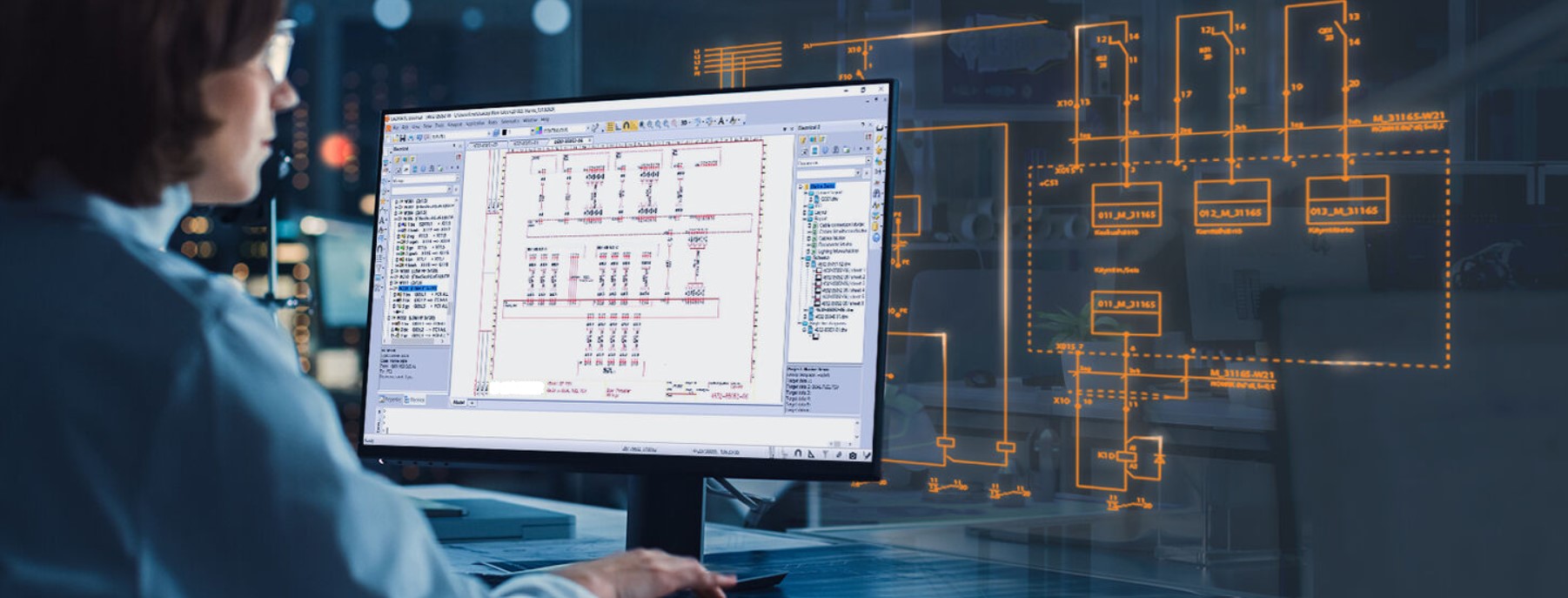Get Accurate Electrical Load Calculation Services for Large Project
Get Accurate Electrical Load Calculation Services for Large Project
Blog Article
Innovative Electrical Design Providers for Modern Framework
As city environments grow increasingly complicated, incorporating modern technologies such as clever grids and sustainable power resources becomes critical. These advancements not only guarantee to optimize energy usage yet likewise foster strength versus future demands.
Relevance of Cutting-edge Electric Design
Cutting-edge electrical design plays an important role in modern infrastructure, affecting not just performance but also sustainability. As cities evolve and the need for energy rises, the requirement for sophisticated electric systems ends up being extremely important. These systems should not just meet existing demands yet likewise prepare for future development and technological innovations.
A well-executed electrical design can substantially minimize energy consumption, thereby decreasing operational costs and lessening ecological effect. By incorporating renewable resource sources, such as solar panels and wind generators, cutting-edge designs can enhance energy self-reliance and resilience. In addition, smart grid technologies enable for real-time surveillance and management of energy circulation, maximizing efficiency and decreasing waste.
Safety and security is another essential facet of electrical design. Implementing innovative technologies and strenuous requirements can minimize dangers related to electrical failings, guaranteeing a secure atmosphere for services and citizens alike. Additionally, cutting-edge designs promote adaptability, allowing frameworks to integrate arising technologies flawlessly.
Secret Fads in Electrical Design
As the landscape of electrical design proceeds to develop, several vital trends are shaping the future of the market. One considerable fad is the combination of smart modern technology into electric systems. The spreading of the Internet of Things (IoT) has actually made it possible for real-time surveillance and control of electric gadgets, boosting performance and helping with anticipating upkeep.
Another trend is the expanding emphasis on modular design. This technique permits for adaptable and scalable remedies, enabling framework to adjust to altering requirements without substantial restorations. In addition, making use of advanced simulation tools and Building Info Modeling (BIM) is becoming significantly prevalent, enhancing the design process and enhancing partnership amongst stakeholders.
In addition, advancements in products science are leading to the development of lighter, extra sturdy, and energy-efficient parts. This development is especially essential for high-performance structures and infrastructure jobs.
Finally, there is a marked change towards data-driven decision-making - residential electrical design. Leveraging information analytics assists designers enhance systems for performance and cost-effectiveness. With each other, these trends indicate a transformative age in electric design, improving capability, sustainability, and resilience in contemporary infrastructure
Lasting Energy Solutions
Sustainable energy solutions are increasingly becoming a vital focus in electrical design, mirroring a more comprehensive dedication to ecological responsibility and resource efficiency. These remedies aim to lessen ecological influence while optimizing power consumption in numerous facilities, from residential buildings to large commercial centers.
Among the leading strategies includes the combination of renewable resource sources, such as solar panels and wind turbines, right into electrical systems. This not only decreases dependence on fossil gas however also enhances energy strength. Additionally, cutting-edge energy storage systems, such as sophisticated batteries, enable effective monitoring and distribution of power, making sure that surplus energy produced throughout peak production can be used during high demand durations.
Additionally, energy-efficient design practices are being taken on to enhance general system performance. This includes utilizing energy-efficient lights, a/c systems, and clever building innovations that keep track of and adapt power usage based upon tenancy and environmental problems.
Smart Grid Technologies
The application of see here lasting energy remedies normally leads to the expedition of wise grid technologies, which play a critical duty in improving electrical systems. Smart grids take advantage of progressed interaction modern technologies and data analytics to enhance the dependability, efficiency, and sustainability of electricity circulation. By integrating digital technology with traditional grid framework, these systems facilitate real-time surveillance, automated control, and improved decision-making abilities.
Among the essential attributes of smart grids is their ability to fit renewable resource sources, such as solar and wind power. This versatility not just reduces dependency on fossil gas however additionally permits an extra decentralized power manufacturing design. In addition, wise grids allow need feedback programs, where consumers can change their energy usage based on real-time rates, therefore advertising energy preservation and lowering peak lots demands.
Furthermore, wise grid technologies improve grid durability by making it possible for quicker identification and resolution of blackouts, ultimately lessening downtime. With predictive upkeep and analytics, energies can optimize operations and boost service delivery. As cities and neighborhoods remain to evolve, smart grid innovations are crucial for developing a reliable and sustainable electric infrastructure that satisfies the needs of contemporary culture.

Future-Proofing Framework
To make certain long-lasting feasibility and flexibility, future-proofing infrastructure is vital in the swiftly developing landscape of electric design services. As innovation breakthroughs and power demands shift, it is essential that electric systems are designed with flexibility in mind. This entails incorporating scalable options that can suit future upgrades without requiring extensive overhauls.

In addition, sustainability must be a foundation of future-proofed designs. Using renewable resource sources, such index as solar and wind, and enhancing power performance minimize reliance on fossil fuels, lining up with global initiatives to deal with environment adjustment.
Conclusion
Finally, cutting-edge electric design solutions play a crucial duty in forming modern-day infrastructure. By prioritizing sustainability, adaptability, and effectiveness, these solutions address the developing needs of power systems. The combination of smart grid innovations and sustainable energy options boosts durability and reduces operational prices. Future-proofing framework via advanced simulation tools and modular strategies makes sure that electric systems remain receptive to altering needs, inevitably adding to a more lasting and energy-independent future.
A well-executed electric design can significantly minimize energy intake, thereby decreasing functional expenses and reducing ecological effect. By including eco-friendly power resources, such as solar panels and wind turbines, ingenious layouts can improve energy self-reliance and resilience. Additionally, cutting-edge power storage systems, such as sophisticated batteries, allow effective administration and distribution of energy, ensuring that excess power created during top production can be utilized throughout high need periods.
Smart grids enable need action programs, where consumers can adjust their energy use based on real-time rates, consequently promoting energy conservation and lowering peak lots demands. (electrical engineering design services)
As innovation breakthroughs and energy demands shift, it is crucial that electric systems are created with adaptability in mind.
Report this page